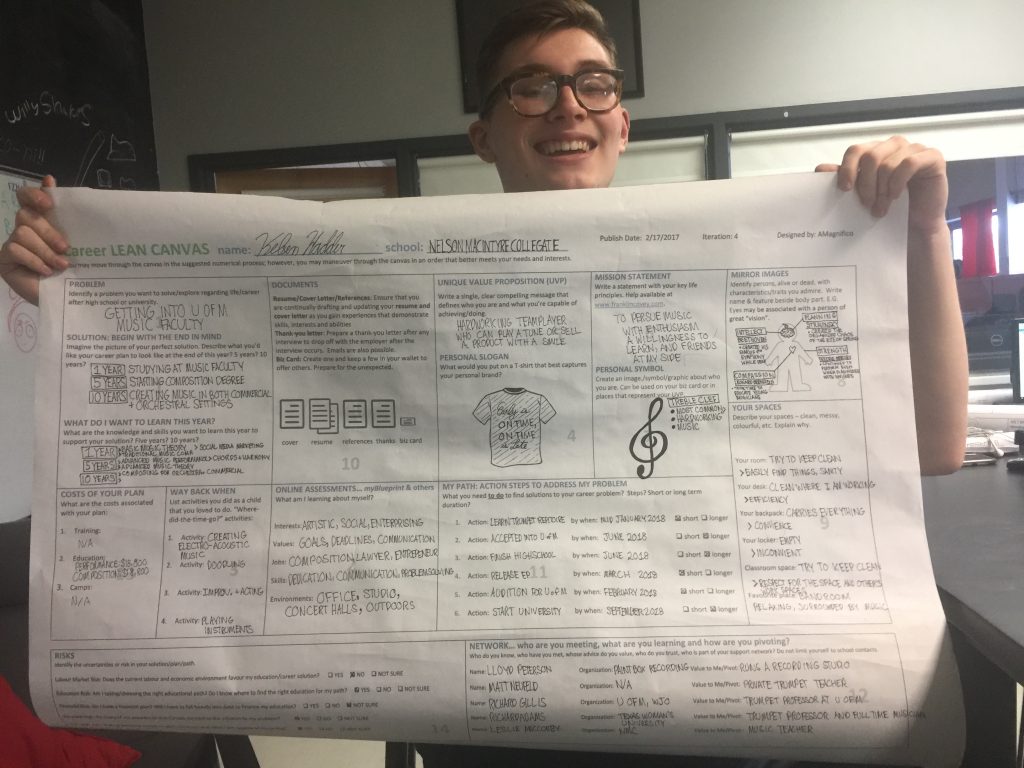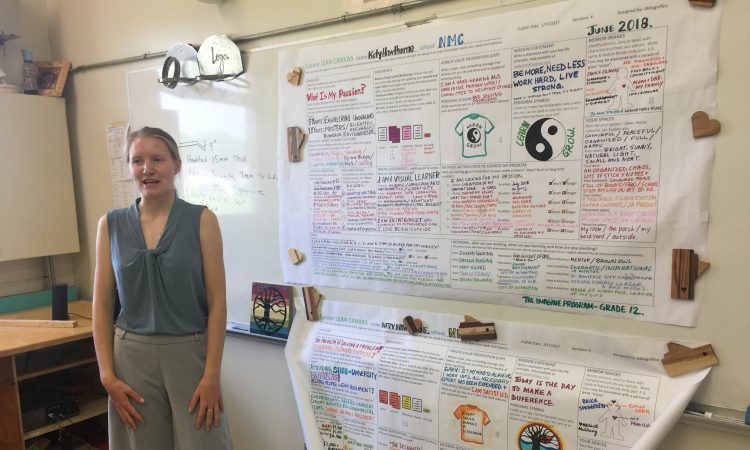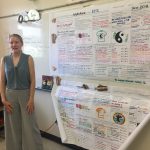Comedian Jerry Seinfeld walks into a car rental agency to pick up a car he reserved only to learn that the agency didn’t hold a car for him.
Jerry famously exclaims to the attendant, “So you know how to take the reservation, you just don’t know how to hold the reservation. And that’s really the most important part about the reservation: the holding. Anybody can just take them.”
Jerry’s problem speaks to a recurring scenario in career development. Young career aspirants know how to collect the dots of their lives, but they don’t know how to connect them. It’s the connecting – anybody can collect them.
Think about all the activities your students have participated in. Back in high school, were they on the student council, did they play on a sports team or join a Junior Achievement chapter? In their local community, did they teach at their local church, undergo leadership training in Girl Guides, take dancing lessons or coach a pee wee hockey team?
High school and post-secondary students are sitting on a goldmine of experiences they’ve tried out, activities they’ve gravitated toward, decisions they’ve made and problems they’ve solved. They’re in the golden era of skills and aptitude development. But they generally don’t think about past experiences and activities as springboards for future plans – they don’t think about connecting their dots of their experiences.
Look backward to move forward
Steve Jobs said that “You can’t connect the dots looking forward; you can only connect them looking backward.” Students can’t make a purposeful career plan without looking backward at the big picture of all they’ve done and reflecting on their life work and choices.
Seeking a career path is fraught with challenges. And some of our current strategies are simply ineffective.
Many students are worried about their futures. The old nugget, “What do you want to do after school?” is useless to students who have no idea. A Stanford study suggests that asking “What is your passion?” as a guiding question in career conversations limits a person’s ability to see career possibilities. According to US data, first-year college students change their chosen major at least once within a three-year period and half of them will dump their math major in first year.
Is it any wonder that only 15% of adults worldwide are highly engaged at their workplaces, according to a 2017 Gallup poll, and that career angst spawns collateral damage such as diminished mental health?
How important is it to look backward for the big picture of a life? Especially in the formative messy years of career development, it’s key.
Helping students uncover their ‘why’
Looking backward helps students ask important reflective questions about why they choose experiences and ultimately helps them uncover their ‘why.’
I’ve created an entrepreneurial tool called the Lean Career Design Canvas, a large graphic organizer that helps students reflect on their past experiences to find more meaningful career focus and purpose.

Students can work individually or with a career coach to complete the 16 boxes on the canvas. The process begins when a student chooses a life or career problem to solve. Then, they complete reflective ‘who am I?’ activities (personal symbol, mission statement, prototype experiences, resume work and others) that lead to a plan that tackles the problem. Students often reframe their problem, either iterating it for more specificity or pivoting it entirely as they work through the canvas and learn more about their true needs, wants and challenges.
Learning to talk about themselves
The process culminates in 30-minute presentations in which students share what they’ve done, what they’ve learned and what their plan is moving forward. Students feel more confident in interview situations and in networking scenarios as they’ve become more skilled at talking about themselves.
The Canvas has iterated nine times, based on recommendations from hundreds of students who have worked through the canvas and dozens of career practitioners who have examined or tried out the model. The canvas works for both those who have no idea about a career and those wish to validate a single path choice. I’ve shared the canvas at Cannexus 2019 and at Manitoba career events.
One of the great outcomes of working through the Canvas is that students learn how to tell a compelling personal narrative: who they are, why they chose activities, what skills they’ve acquired, what difference they hope to make in the world and what plan they intend to execute.
They collect the dots. They connect the dots. They talk about the dots. You ok with that Jerry?
Want the best of CareerWise delivered to your inbox each week? Subscribe to our popular CareerWise Weekly newsletter to receive top news and views in career development every Tuesday.






